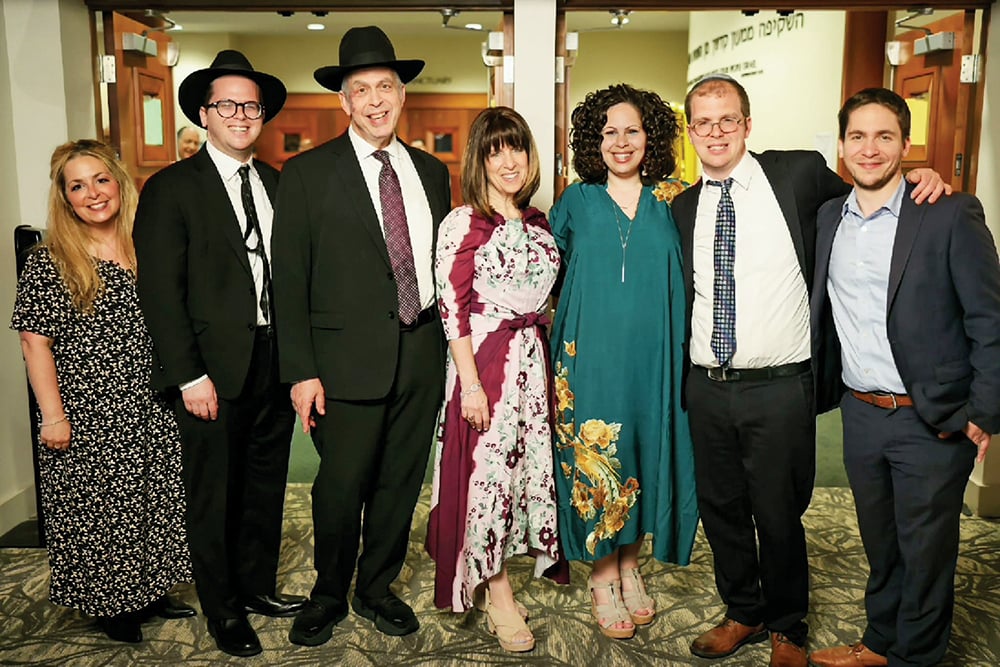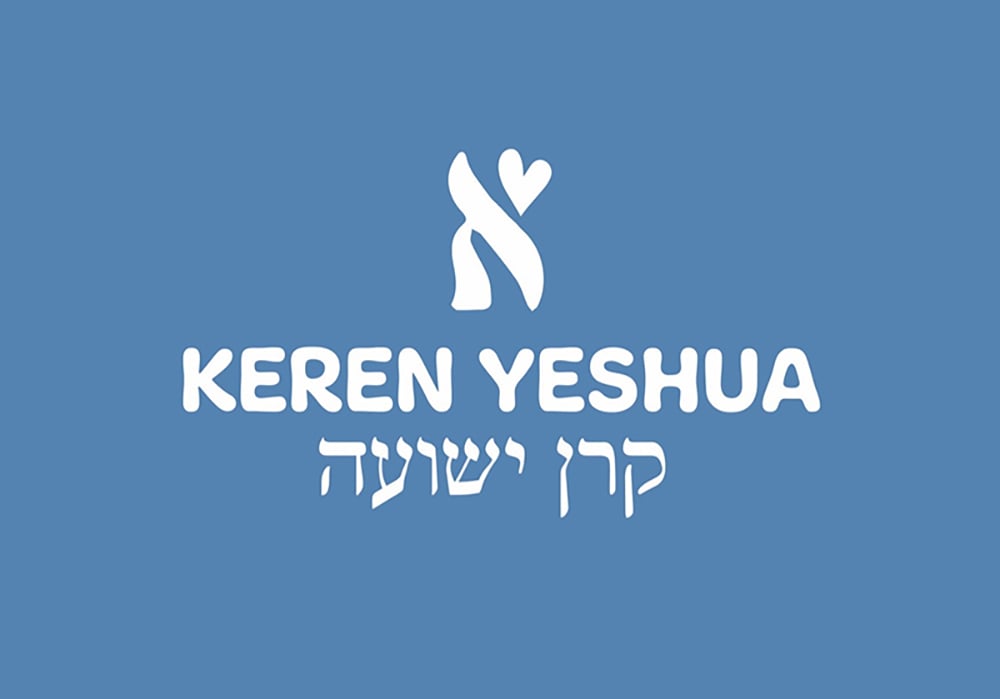


One of the most fascinating places of Jewish settlement was in Timbuktu, the West African nation of Mali. The community I’m referring to consisted of Jews who relocated from Morocco for business.
Born to a Jewish family in 1826 in Morocco, Mordechai Abi Serour was a merchant and a scholar who had traveled to the Holy Land to study in a yeshiva where he eventually received ordination.
Returning to his home continent, Rabbi Mordechai served as a rabbi in Algeria for a decade and then set up a business in Timbuktu, Mali. He lived there for another 10 years, learning the customs and trade in the area. Earning enough money to send for his family, the rabbi was joined by his brothers, who gave them a minyan and allowed them to found a synagogue.
Eventually, he settled in Algeria, where he served until his death in 1886.
According to Wikipedia, R’ Mordechai was joined in Timbuktu by his brother Esau Abi Serour and his children.
Was the brother of Rabbi Mordechai really named Esav or is this information the result of an erroneous transcription somewhere along the way?
In his article “On Jews and Judaism in Black Africa” (Hebrew), Michael Abitbol gives his name as Yosef.
Additionally, Aomar Boum in his “Memories of Absence: How Muslims Remember Jews in Morocco” he gives the name as “Ysou.”
“Issoufou” is a West African adaptation of the Arab name for Yosef, which is Yusuf. More so in Niger than Mali, but maybe somehow the mistake stems from this transliteration (I thank David Druce for pointing this out to me).
Was there ever a Jew named Esav?
I only have anecdotal evidence that this has been the case. According to the story, an Israeli mother called out to her son on a crowded Israeli bus, “Esav! Esav!” This resulted in peals of laughter from many of the occupants of the bus. The mother, taken aback, responded, “What, what’s wrong with Esav; it’s a nice name from the Torah?!”
It’s interesting that many countries around the world have laws making it illegal to give children certain names (Hitler, Osama bin Laden, et al). Israel, however, has no such official law on the books although the Ministry of the Interior reserves the right not to give its imprimatur to names it finds objectionable or hurtful to the public. Halachically, some names are a problem at best. The Talmud in Yoma 38b forbids using the name of wicked people from history, yet we do see throughout history Jews with the name Korach, Amnon and even Bilaam. Ishmael is not on this list since it is a name that was used by Jews very early on. Apparently it became acceptable because the biblical Ishmael repents according to the Midrash (and will do so again at the end of days).
In 2007, Rabbi Avraham Yosef, chief rabbi of the city of Holon and the son of former Sephardic Chief Rabbi Ovadia Yosef, came under heavy criticism after he published a ruling on his weekly radio show stating that people who possess such “wicked names” as Herzl (in Israel, Herzl as a proper name used to be quite common especially among Mizrahi Jews) and Nimrod must change them immediately.
Parenthetically, it was his condemnation of Herzl that aroused the ire of many. Religious Zionist commentator Uri Orbach took issue with Yosef’s characterization of Herzl as wicked and accused him of pandering to anti-Zionists.
As I’ve written in the past, the name Nimrod was not so uncommon among Jews in the past. We find it in the Cairo Genizah as well as Jews (and Christians) hailing from Iraq.
***One of the ironies of history is that the ancient Idumeans/Edomites (converted to Judaism more than a century before by the Hasmonean Monarch Yochanan Hyrcanus) actually fought together with the zealots of Jerusalem in 68 CE against the forces of Rome. Herod too was an Idumean but he’s closely associated with Rome, and his Herodian family allied themselves with the Romans.
These Idumeans—hailing from present-day Jordan—were patriotic and practiced a somewhat syncretistic Jewish-Idumean religion where they eschewed idol-worship and practiced Jewish purification rites (as is evidenced by recent archaeological excavations at Tel Maresha).
Hundreds of years later, with the Temple a bygone memory and the task of setting down to ink what would become Judaism as we know it (Mishnah, Talmud, Tosefta, Midrash, etc.), the rabbis consistently identified Esau/Edom with Rome and its successor kingdoms (Byzantium, the so-called Holy Roman Empire, even the “West” as a whole…).
What I find particularly ironic is that one of the leaders of the Jewish revolt against Rome was an Edomite named Yaakov ben Susa. According to Josephus he stood at the helm of a formidable force of several thousand Idumeans who came to Jerusalem to defend it against the Roman onslaught. Eventually he was caught planning—along with other Idumean generals—to surrender to Rome and was executed by the Jews.
***In this week’s parsha Jacob wrestles with an angel until the break of dawn. He then calls it quits and names the place Peniel, which is a combination of the Hebrew word “pnei” meaning face and “El” meaning God.
I always found it fascinating how it is so phonetically similar to the pineal gland. The primary function of the pineal gland is to produce melatonin, a serotonin-derived hormone. Melatonin has various functions in the central nervous system, the most important of which is to help modulate sleep patterns. Melatonin production is stimulated by darkness and inhibited by light.
Professor Isaac Mozeson is best for posting his theory of “edenics,” which claims that all languages evolved from an original human language that one might call proto-Semitic or ancient Hebrew. His website is https://www.edenics.net/.
According to the Oxford Dictionary it derives from the late 17th-century: from French pinéal, from Latin pinea “pine cone.” The anatomical term refers to the shape of the gland.
Coincidentally, according to Descartes, the pineal gland was where the spiritual and the physical substances meet. Literally, the place of the encounter between God and the world.
Who knows…
The author can be contacted at [email protected].










